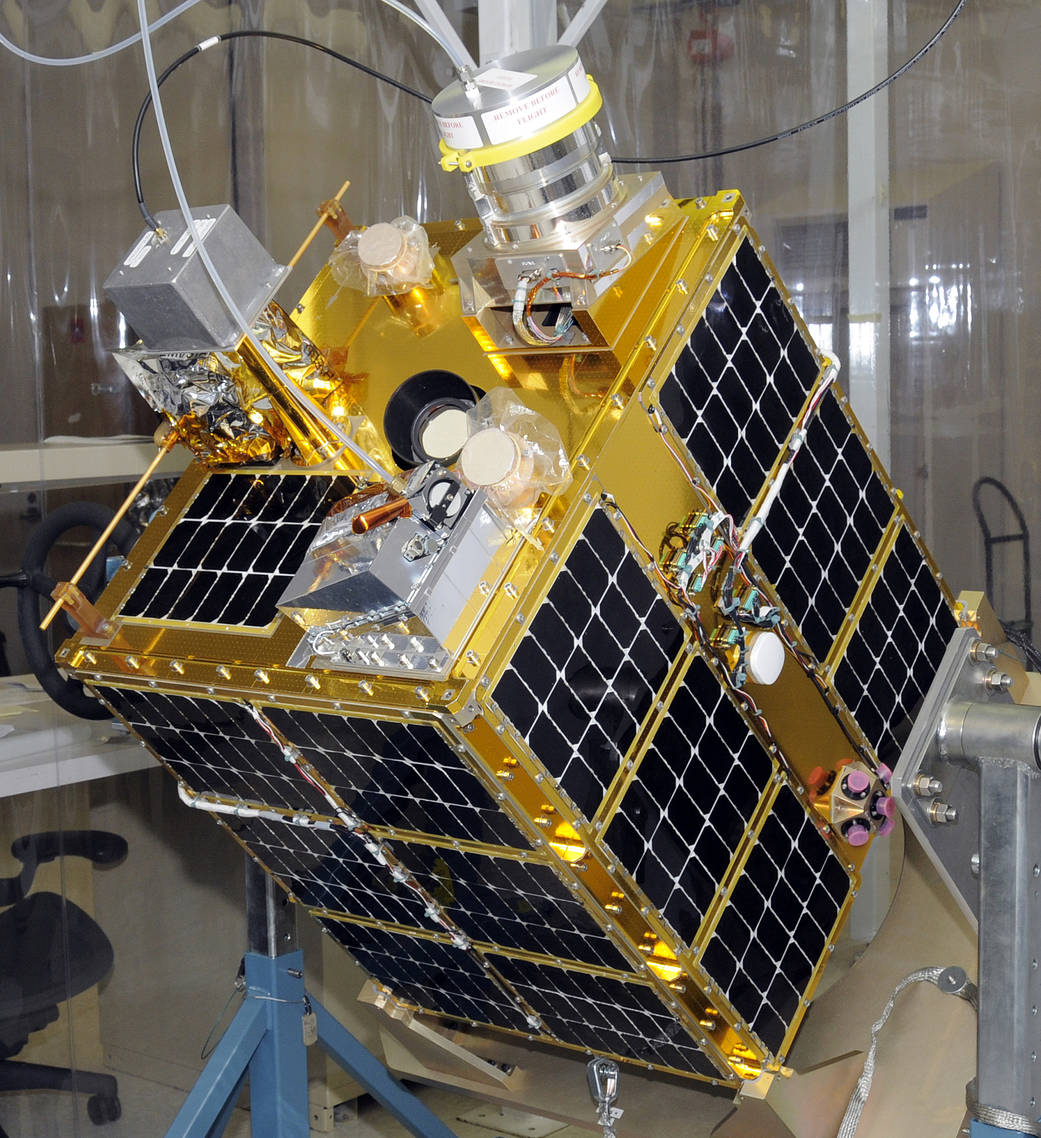This week in 2010, NASA’s Fast, Affordable, Science and Technology Satellite mission launched from Kodiak, Alaska. FASTSAT was NASA’s first microsatellite designed to create a capability that increases opportunities for secondary scientific and technology payloads to be flown at lower costs than previously possible. The overall objective of the mission was to demonstrate the capability to build, design and test a mini satellite platform that enabled government, academic and industry researchers to conduct low-cost scientific and technology experiments on an autonomous satellite in space. The satellite was designed, developed and tested over a period of 14 months at NASA’s Marshall Space Flight Center, in partnership with the Von Braun Center for Science and Innovation, and Dynetics, both of Huntsville; and the Department of Defense Space Test Program. FASTSAT’s mission came to a successful end in November 2012. The NASA History Program is responsible for generating, disseminating and preserving NASA’s remarkable history and providing a comprehensive understanding of the institutional, cultural, social, political, economic, technological and scientific aspects of NASA’s activities in aeronautics and space. For more pictures like this one and to connect to NASA’s history, visit the Marshall History Program’s webpage. (NASA)
1 min read




























